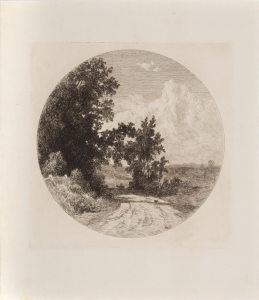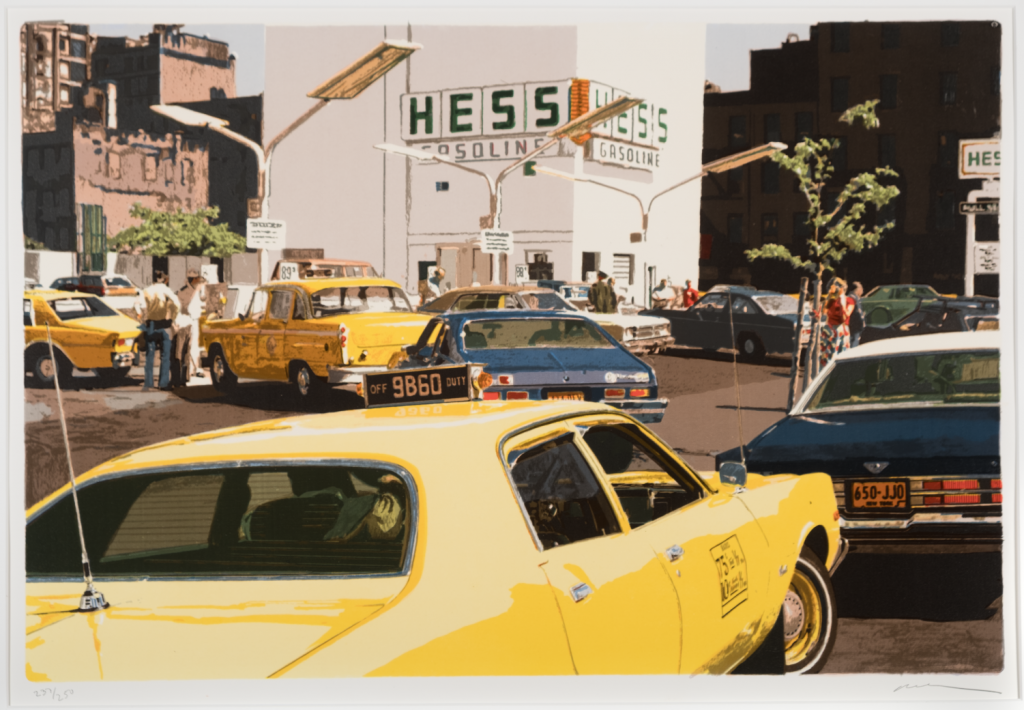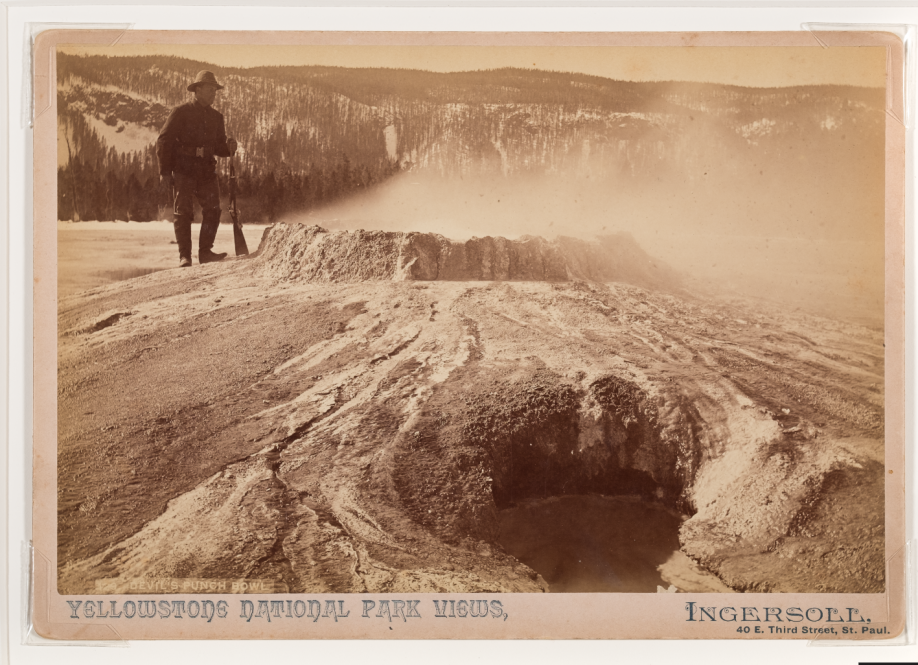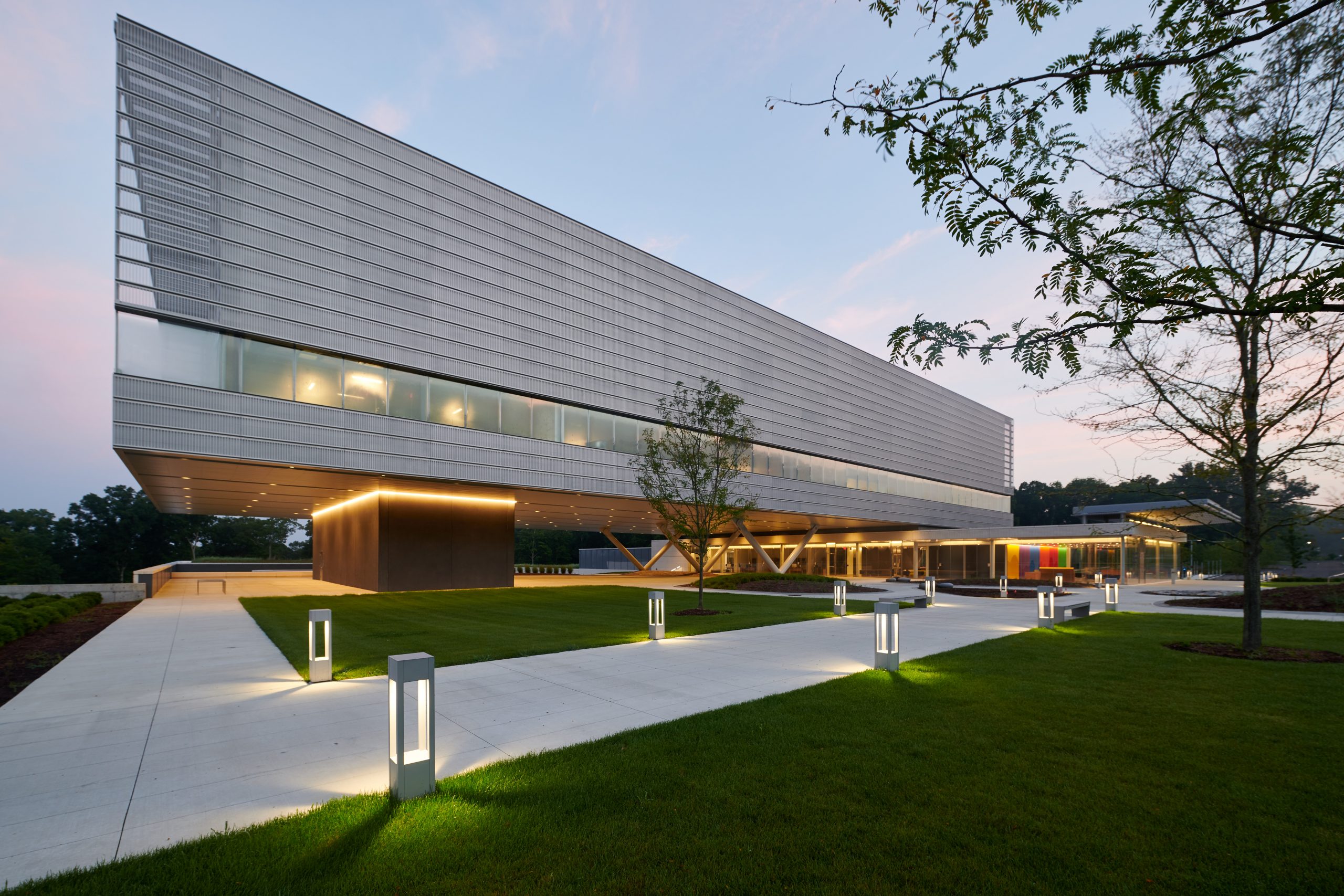The Biden Administration’s Jan. 27 announcement of a sweeping $2 trillion environmental plan is the most recent public example of trying to affect what some geoscientists call the Anthropocene — the current geological epoch of planetary history — in which our planet’s surface is changing, not by the natural agencies of the Earth itself, but by the activities of its human population.
Even as the official designation of the Anthropocene is still being finalized by an interdisciplinary committee of scientists, last spring UConn established a class titled “The Human Epoch: Living in the Anthropocene,” developed by Robert Thorson, professor and interim head of geosciences.
The William Benton Museum of Art’s current exhibition, “The Human Epoch: Living in the Anthropocene,” provides an opportunity for the University community and the public to learn about the current epoch of Earth history. The exhibition was curated by Thorson and Amanda Douberley, assistant curator and academic liaison at the Benton, and features works from the museum’s permanent collection.
Thorson is a prolific writer who brings art and literature into his teaching of science. His most recent books focused on the essayist and naturalist Henry David Thoreau, including “The Guide to Walden Pond,” the first-ever guidebook to one of the nation’s most iconic locations, the fountainhead of its environmental movement, located in Concord, Massachusetts.

“Today we need a new categorical meme to channel our thinking about an even larger and more profound global concern: the recognition that the fate of the entire planetary surface lies in human hands,” Thorson said in a recent TEDxUConn talk. “Climate change is too small a concept because climates are by definition regional and have always come from the geological underground via the tectonic rearrangements of continental plates and the chemical transfers between Earth’s solid, liquid, and gaseous reservoirs. For me, the new meme we need is the word ‘Anthropocene.’ We must be brave enough to admit that we live in a new world of our own making. Only then can we stop blaming nature and stop blaming ourselves and return to sustainable ways through human invention.”
Thorson notes that Anthropocene thinking is central to this year’s UConn Reads selection, “The Great Derangement: Climate Change and the Unthinkable” by Amitav Ghosh. The book title refers to the human makeover of the planetary surface during the present epoch, and Ghosh’s thesis hinges on the balance between gradualism and catastrophism in geological history.
Douberley says working through the more than 7,000 varied works of art in the Benton’s permanent collection was one of the challenges in creating the exhibition, which is a multimedia display of primarily American art that spans the 19th and 20th centuries up to the New Millennium tracing the origins of the Anthropocene period. She and Thorson discussed landscape works and considered themes of the environment and other areas that addressed issues in the curriculum.
“One of the pleasures of working with Professor Thorson is that he’s so super engaged,” Douberley says. “He’s not just going to write about each of these objects; he’s going to keep working with it and keep molding it so that it will have a stronger relationship with geosciences and earth sciences.”
An example is an 1880 etching by the American landscape painter John Henry Hill titled “Roadway Near Nyack Turnpike.” Thorson’s note for the image describes the progression of how roadway travel evolved from footpaths to trails, cart paths to paved roads, and then to state highways and interstate freeways.
“It shows a picturesque dirt road with a cart and a horse,” Douberley says about the Hill etching. “In some ways, if you’re looking at it you might not give it a second glance, but if you’re thinking about this larger framework of the Anthropocene and about issues of roadways and transportation, you start to wonder: why is it called a turnpike? I thought that was something that had to do with superhighways. I get really excited about objects like that, where I can take this framework and it makes me see them differently and understand their place within not just art history, but also cultural history.”
Douberley says many of Thorson’s accompanying notes from the TEDxUConn talk punctuate the exhibition, and these, along with quotes from the course textbook, “really spark viewers’ curiosity and imagination.”

The online exhibition of “The Human Epoch: Living in the Anthropocene” includes a timeline of historic technological and environmental events in the United States beginning in 1859 with the oil strike in Titusville, Pennsylvania. The timeline moves through the establishment of the National Park System in 1916, the development of nuclear weapons during World War II, the 1963 Clean Air Act, the 1985 discovery of the ozone hole over Antarctica, FDA approval of genetically modified whole food in 1994, and the 2008 collapse of the Wilkins Ice shelf in Antarctica.
Highlights of the exhibition, with excerpts from Thorson’s notes, include:
• “Blue Ridge Wilderness” (c. 1859), oil on canvas by William Louis Sontag. This historic landscape painting imagines a ‘pristine’ wilderness being separate from human intrusion. This was, and remains, an illusion. Humans have occupied the continent and been altering the local landscape for at least 15,000 years. The date and location of this painting coincides with the beginning of U.S. petroleum production in Titusville, Pennsylvania in 1859.
• “Asphalters” (c. 1911), etching, by Ralph M. Pearson. Early urban streets were fly-invested, dusty, mucky, and strewn with horse manure. Pavements came later as progress, a sequence from cobblestone, to brick, to asphalt, and finally to concrete. These asphalters are packing and smoothing bitumen, a hot, tarry, viscous mix of petroleum residues and mineral aggregate into the street. Note electric lines and a trolley in the background.
• “Gas Line from CITY-SCAPES” (1979), screen print by Ron Kleemann. We Anthropocene humans remain so addicted to the amazing power of fossil fuels that we will wait hours in a line to get a fix. Gasoline is an explosive, engineered, flammable liquid refined from a more viscous natural liquid called petroleum (a.k.a. oil). Petroleum is no more, and no less, “organic” than any rock. Normally, it seeps slowly upward from organic-rich source rocks being slowly baked in Earth’s deep, geothermal oven. But in some places, that upward seepage is blocked by impermeable rock and trapped in underground reservoirs. What we’ve done in our “Age of Oil” is to tap those reservoirs as oil “fields,” pumping them as we do water from our aquifers.
• “Tunnel Visions: Fresco (1995), cibachrome by Nancy Goldring. Bridges breach a barrier by the addition of something new, whether wood, steel, or concrete. In contrast, tunnels breach a barrier by the subtraction of something already there, whether rock or earth. Bridges display the technological genius of human beings. Tunnels display their brute force, in this case rock dynamited into rubble and hauled away by vehicles built of iron and powered by fossil fuels. The post in the distance carries metal wire, which carries electrons, which carries human communications. This is a bridging technology as well.
“I hope that faculty see this exhibition either in the museum or on our website and get excited about the possibilities because it’s something that we could do for any subject,” she says. “Faculty will ask: what are we going to do? We’re going to have a conversation, where people are really looking at and engaging with these works of art, prompting questions. That’s what I’m most interested in.”
“The Human Epoch: Living in the Anthropocene” continues through March 13. The exhibit “Käthe Kollwitz: Activism Through Art” opened on Feb. 3 and runs through April 10. The William Benton Museum of Art is open during the pandemic from Wednesday through Friday from 10 a.m. to 4 p.m. and on Saturday from 1 to 4 p.m.



